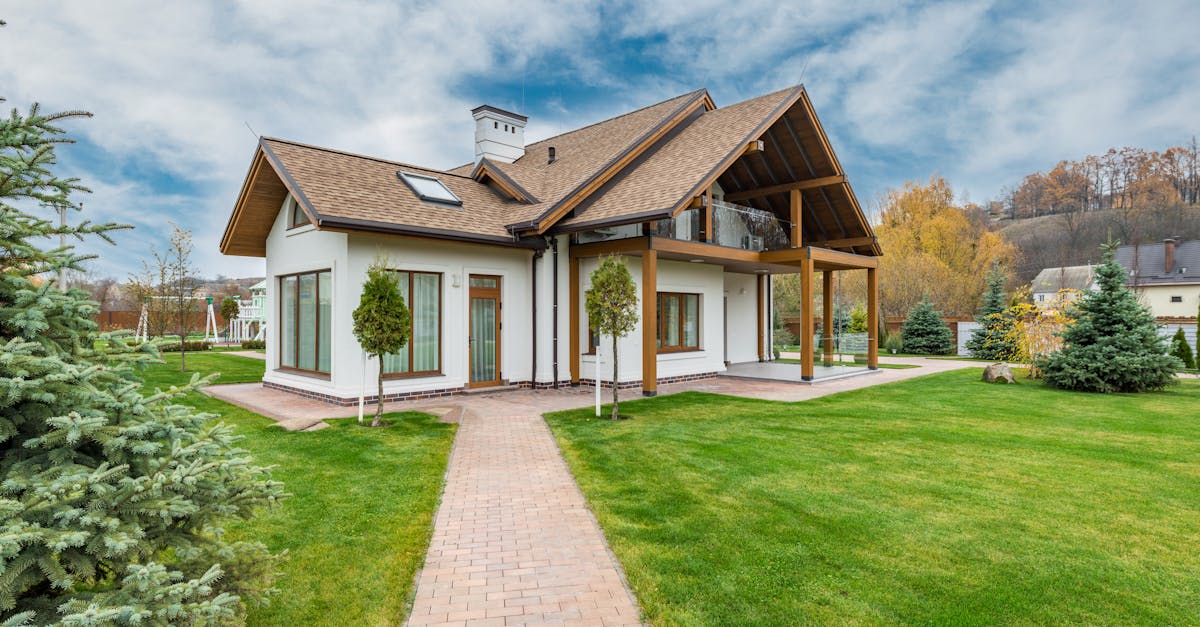Colorbond Roofing: Resilience in Harsh Weather Conditions

Table Of Contents
Cost Considerations for Colorbond Roofing
Colorbond roofing is known for its durability and longevity, making it a popular choice for homeowners looking for a cost-effective roofing solution in Australia. While the initial cost of Colorbond roofing may be higher compared to traditional roofing materials, the long-term benefits far outweigh the upfront investment. Its resistance to harsh weather conditions such as extreme heat, heavy rain, and strong winds means that Colorbond roofing requires minimal maintenance and repair, saving homeowners money in the long run.
In addition to its resilience, Colorbond roofing is also a cost-effective option due to its energy-efficient properties. Its reflective surface helps to keep homes cooler in the summer months, reducing the need for air conditioning and ultimately lowering energy bills. This can result in significant cost savings over time, making Colorbond roofing a smart choice for budget-conscious homeowners looking to invest in a roofing material that offers both durability and energy efficiency.
Budgeting for Longterm Investment2024-07-15
As you plan for your roofing project, it is crucial to consider the long-term investment that Colorbond roofing offers. While the initial cost may be higher compared to traditional roofing materials, the durability and low maintenance requirements of Colorbond can result in significant savings over time. By investing in Colorbond roofing, you are not just purchasing a roof; you are making a long-lasting investment that adds value to your property.
Moreover, the lifespan of Colorbond roofing far surpasses that of conventional roofing materials, reducing the need for frequent repairs and replacements. This longevity translates to lower long-term costs and greater peace of mind for homeowners. When budgeting for your roofing project, it is essential to factor in the benefits of choosing Colorbond for its resilience and ability to withstand harsh weather conditions, ensuring that your investment remains protected for years to come.
Comparison with Traditional Roofing Materials
Colorbond roofing offers significant advantages over traditional tile and metal roofs, making it a popular choice for homeowners in Australia. One key benefit is its durability in harsh weather conditions, such as intense sunlight, heavy rain, and strong winds. Unlike tiles that may crack or break during extreme weather events, Colorbond roofing is designed to withstand these challenges, providing long-lasting protection for your home.
Another advantage of Colorbond roofing over tile and metal roofs is its low maintenance requirements. Traditional roofing materials like tiles often require regular inspections and repairs to prevent leaks and damage. In contrast, Colorbond roofs are easy to maintain and clean, helping you save time and money in the long run. Additionally, Colorbond roofing comes in a variety of colours and designs, allowing homeowners to choose a style that complements their property while reaping the benefits of a durable and low-maintenance roofing solution.Table Of Contents
EcoFriendliness of Colorbond RoofingEnhancing the Lifespan of Colorbond Roofing in Salty Environments
Colorbond roofing is renowned for not only its durability and resilience in harsh weather conditions but also for its eco-friendliness. One of the key features that sets Colorbond roofing apart is its recyclability. At the end of its long lifecycle, Colorbond roofing materials can be recycled, reducing environmental impact and contributing to sustainability efforts.
Furthermore, Colorbond roofing is designed to be energy-efficient, helping homeowners reduce their carbon footprint. The material reflects heat from the sun, resulting in less need for air conditioning to maintain a comfortable temperature indoors. This not only benefits the environment but also saves homeowners money on their energy bills in the long run. Thus, Colorbond roofing stands out not only for its practicality and strength but also for its eco-friendly characteristics.Apply protective coatings for added durability
Recyclability and Sustainability FeaturesCommon Problems Faced by Colorbond Roofing in Coastal Climates
Colorbond roofing is a standout choice for eco-conscious homeowners due to its exceptional recyclability and sustainability features. This Australian-made product can be fully recycled, making it a highly sustainable option for those looking to reduce their environmental impact. By choosing Colorbond roofing, you are actively contributing to the circular economy by supporting the reusability of materials.
Moreover, Colorbond roofing is known for its longevity, which further enhances its sustainability credentials. With a lifespan that exceeds traditional roofing materials, such as tiles or metal, Colorbond reduces the need for frequent replacements and repairs, ultimately minimising waste generation. This long-lasting durability not only benefits homeowners in terms of cost savings but also contributes to a more sustainable approach to construction and maintenance.Dealing with salt buildup and rust formation
FAQSChoosing the Right Color for Colorbond Roofing in Coastal Areas
Is Colorbond roofing suitable for harsh weather conditions?
While Colorbond roofing may have a higher upfront cost, it is a long-term investment that can save money on maintenance and repairs in the future.
What advantages does Colorbond roofing have over tile and metal roofs?
Colorbond roofing is lightweight, durable, and low-maintenance, making it a superior choice over traditional tile and metal roofs.
Is Colorbond roofing eco-friendly?
Yes, Colorbond roofing is considered eco-friendly due to its recyclability and sustainability features, making it a sustainable choice for environmentally-conscious homeowners.
How can I budget for a Colorbond roofing installation as a long-term investment?
When budgeting for Colorbond roofing, consider the upfront cost, potential savings on maintenance, and the longevity of the material to make an informed decision for a long-term investment in your home.
Related Links
Long-Term Performance of Colorbond Roofing: A Comparative AnalysisExtending the Lifespan of Colorbond Roofing through Maintenance
Enhancing Durability: Upgrading to Colorbond Roofing